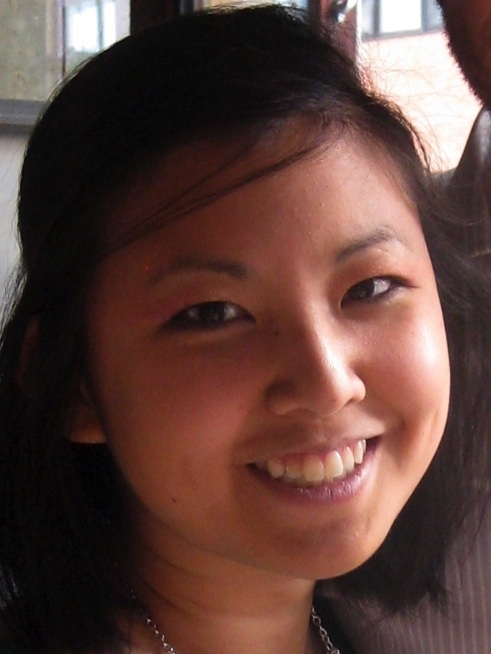
Alisha Karabinus: I loved reading “Savasana.” It has so many of the qualities of the nonfiction you usually write that I had to remind myself that it was fiction. How did you decide to switch to fiction? Where did this come from?
Jami Nakamura Lin: This actually stemmed from a couple of pages I found in an old notebook that I wrote in about 2009. I forgot that I wrote it. I found it again while trying to find material for my nonfiction thesis. The idea still seemed intriguing to me, so I ran with it. These days I only write fiction when I get fed up with memoir-y stuff and want to be able to make up worlds, but when I was a kid I wrote stories all the time– these stuffy, elaborate, but really imaginative pieces about girls who lived in the olden days. I think I was pretty influenced by watching my mother’s BBC adaptation of Pride and Prejudice.
JNL: Writing fiction is a process of creating more, while writing nonfiction, to me, is a process of cutting back. Writing fiction is difficult because you start with a blank slate– you don’t know where any storyline or narrative thread is headed. But that is also what I’ve found enjoyable about it. Nonfiction is restrictive in the sense that you can’t blindly make things up. You have a bit of leeway in the sense that you can pick and choose what and what not to include, and how to organize it, but you can’t just pull stuff out of nowhere. But that sometimes makes the writing easier, because you have parameters.
I think I struggle with plot in fiction. When I write nonfiction, I know what the ending is, so to speak, because it happened. That was the hardest part with this piece. Where should it end up?
JNL: When I was little I was an obsessive notebook-keeper. I called myself Harriet, after Harriet the Spy. I started religiously journaling when I was about eight, and now I’m twenty-three, so I have boxes and boxes of journals. I wrote a lot of stories as well. But I never thought I could do it “for real”. I love kids, and I’m very curious about the mind, so I thought I would be a social worker. However, in my senior year of college, I didn’t get into a psychology class I wanted during the fall semester, and there was a nonfiction class scheduled at the same time, so I thought, “I love writing, I’ll sign up for that instead.” And I did. And through a lucky chain of events, I had to turn in my essay first, and my professor read it and encouraged me to apply for an MFA. Which sounded so much more rewarding than anything else I was planning on doing right after college.
AK: How was the transition to studying English and writing in graduate school after working in a different discipline in your undergrad, especially with the demands of graduate level study?
JNL: It’s hard because I’m not very well read, and I’ve missed out on a lot of the “canon” that everyone else takes for granted that we’ve all read and understood. To say nothing of theory! But it’s not too bad. Psychology and creative writing, for me, are quite related. I do both because I always want to know *why*.
JNL: I practiced yoga a lot in college, when we had free classes, but not so much anymore! At the time, my favorite pose was child’s pose, because it’s where you go to rest.
JNL: That’s something I always struggle with, especially with writing my memoir. I can get really absorbed in reading old journals. What’s helped is working on multiple pieces at once, and making sure some of them are lighter and not so self-obsessed. Right now, I am sketching out ideas for a steampunk-esque story that takes place on the modern-day prairie. Kind of like if the Industrial Revolution never happened, and we were all still living like Laura Ingalls in 2012. I’ll never do anything with the story, but it’s a nice breather.
AK: I just want to say I love the ending of “Savasana.” Thank you for taking the time to talk to me about it, Jami!
Alisha Karabinus is co-founder and Executive Editor of Revolution House magazine and an MFA student in Fiction at Purdue University, where she is the Managing Editor of Sycamore Review. Her work has appeared or is forthcoming in such publications as the Raleigh Review, PANK, and Per Contra. She lives in Lafayette, Indiana, with her husband and young son.
